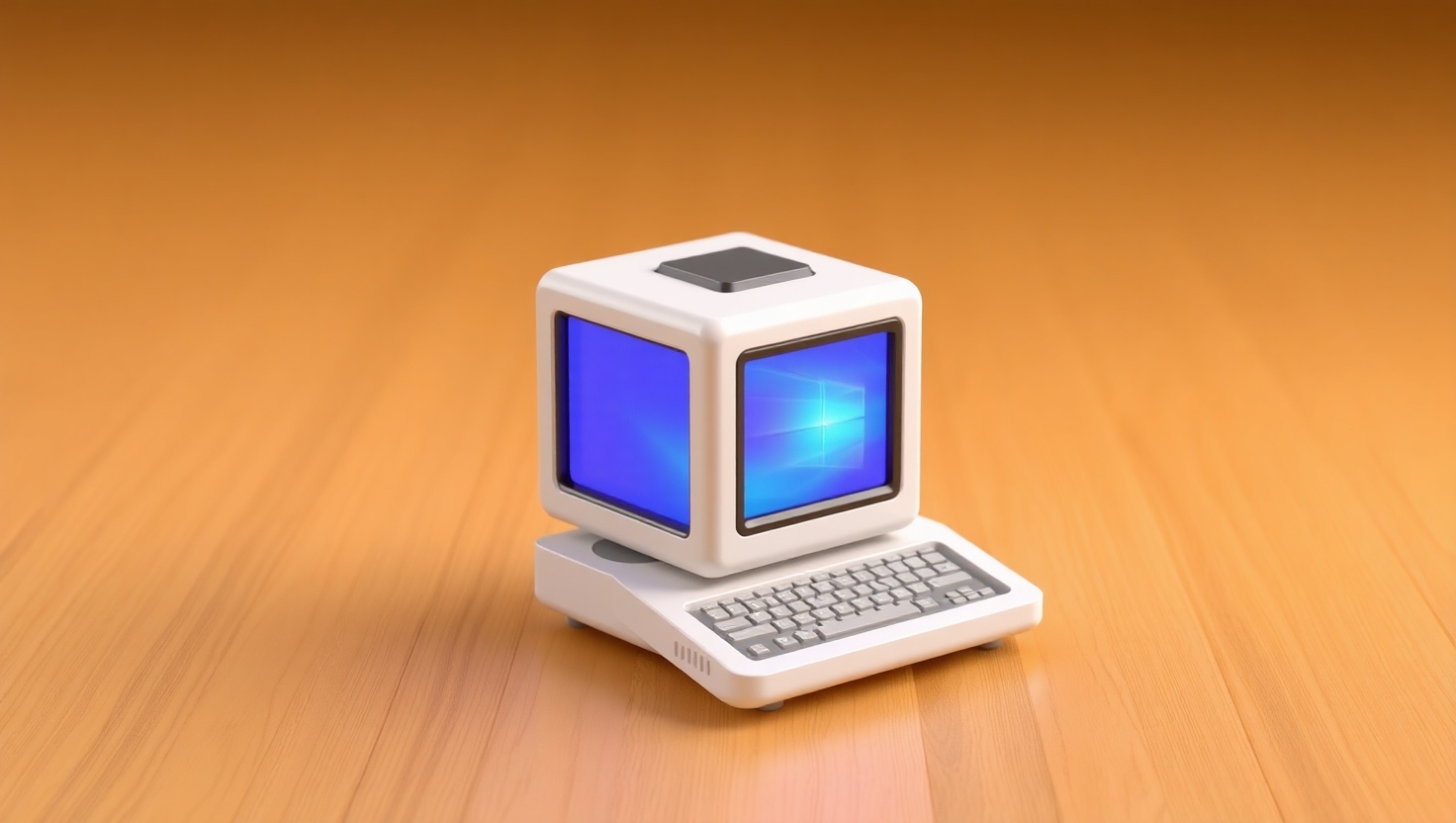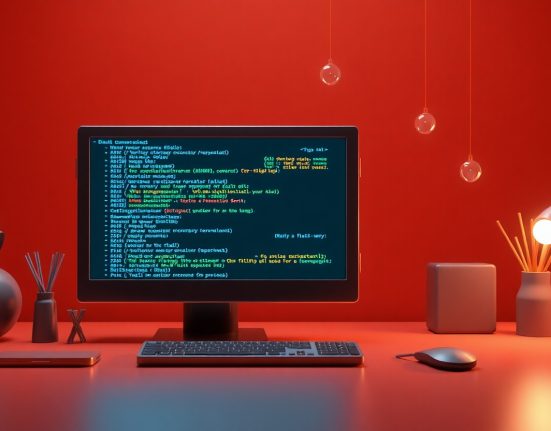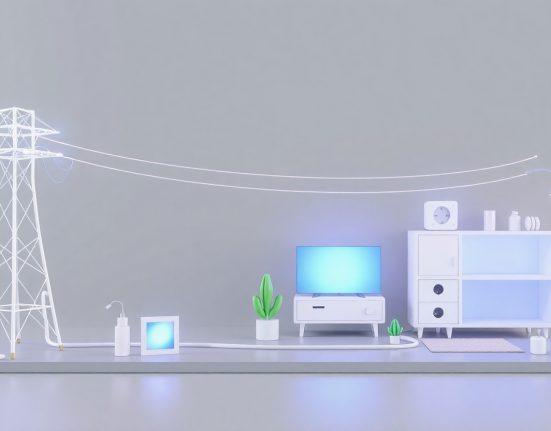In an era where technology advances at a dizzying pace, we are witnessing a quiet revolution taking place in the world of personal computing. MicroPCs, also known as handheld computers or miniature computers, are becoming a real and practical alternative to traditional desktop computers. These tiny devices, similar in size to a smartphone or portable media player, offer impressive computing power packed in an extremely compact package. The technology behind MicroPCs has developed dramatically in recent years, mainly thanks to advances in energy-efficient processors, compact memory components, and efficient cooling solutions.
The MicroPC world is divided into several main categories, each designed for different needs. Some devices are based on energy-efficient ARM processors, similar to those found in smartphones and tablets, offering good performance for basic tasks such as web browsing, video watching, and working with light applications. Another category includes devices based on advanced Intel or AMD processors, providing higher computing power that enables running complex software, games, and even professional applications. The most advanced devices in this category can run full operating systems like Windows 11 or Linux, offering a user experience almost identical to a regular desktop computer.
The advantages of MicroPCs are numerous and significant, especially for users seeking a portable and economical solution. The compact size allows for easy and convenient carrying, as the device can fit in a clothing pocket or small bag. The relatively low power consumption enables extended use without needing to connect to electricity, and in many cases, the device can be powered by an external battery or even from another device’s power through a USB port. The relatively low cost of MicroPCs makes them attractive for users who want to maximize value for money, especially when computing needs don’t include particularly heavy tasks. Additionally, the low or absent noise from fans makes them ideal for quiet work environments or home use in the living room.
One of the most interesting aspects of MicroPCs is their usage flexibility. These devices can serve as a full desktop computer when connected to an external monitor, keyboard, and mouse, but also as a portable device when connected to a portable screen or used with innovative display solutions. Some devices come with built-in touch screens or small keyboards that enable independent use without external accessories. This field is developing rapidly, with manufacturers offering solutions such as MicroPCs that can be mounted on the back of a monitor, advanced wireless solutions, and kits tailored for specific uses such as home entertainment centers or smart automation systems.
From a technological perspective, recent developments in MicroPCs are particularly impressive. New processors offer performance that approaches or even exceeds previous-generation desktop computers, while memory and storage components become faster and more capacious. New technologies such as ultra-fast SSD memory, support for WiFi 6 and advanced Bluetooth standards, and various ports including USB-C, HDMI, and Ethernet enable full connectivity. Some new devices even support advanced technologies such as up to 32GB of RAM, SSD storage in multi-terabyte capacities, and support for multiple simultaneous screens at high resolutions.
The main challenges of MicroPCs stem primarily from the physical limitations of the small size. Efficient cooling is one of the biggest technical challenges, as advanced processors generate significant heat that must be dissipated in a limited space. Cooling solutions include tiny and efficient fans, advanced heat sinks, and materials that conduct heat with high efficiency. Another challenge is balancing performance with power consumption, as improving performance typically leads to higher energy consumption, requiring larger batteries or external power connection. Limitations in the number of physical ports pose an additional challenge, as users sometimes have to give up certain connections or use hubs and adapter cables.
The MicroPC market is developing rapidly and attracting diverse players. Established companies like Intel and AMD offer dedicated platforms for MicroPCs, while new and innovative manufacturers offer unique solutions tailored to specific needs. Some devices target the broad consumer market and focus on ease of use and low price, while others aim for professional audiences or as a portable computer alternative to traditional laptops. The market also includes special solutions for fields such as education, small businesses, home entertainment centers, and technology enthusiast projects. Growing competition leads to continuous improvement in specifications, price reduction, and development of more innovative solutions. Looking to the future shows that MicroPCs could become a significant part of the computing market. The continued development in processor technology, improvement in energy efficiency, and the growing need for portable and economical computing solutions create perfect conditions for the field’s growth. In the future, we might see MicroPCs that offer performance equal to today’s best desktop computers while remaining in tiny dimensions. New technologies such as cloud processing, local artificial intelligence, and virtual display solutions may further improve the capabilities and usability of these devices, making them an even more attractive alternative to traditional computers.














